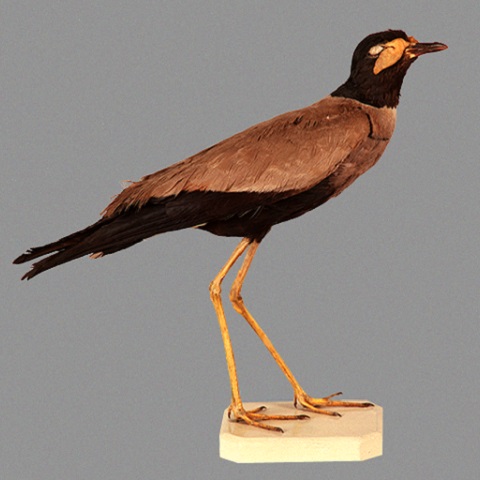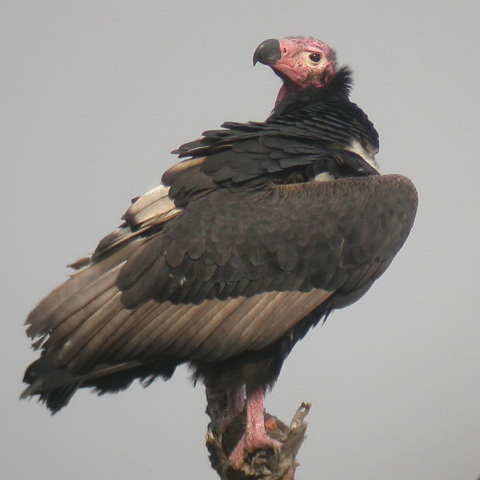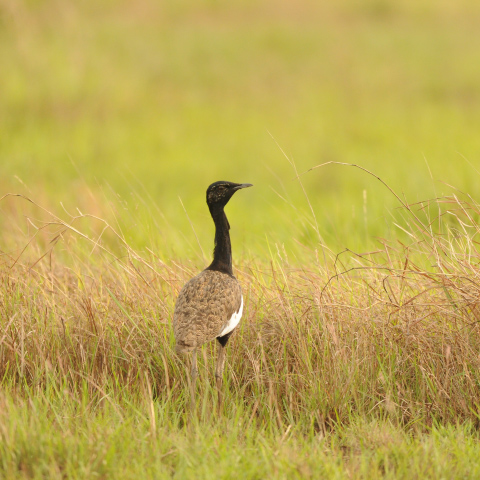Conservation Actions
Conservation and research actions underwayThe Central Cebu National Park was declared a Strict Protection Zone in 1996. The felling of trees is prohibited in the reserve, but this continues to confer little or no effective protection. Both Nug-as and Dalaguete are managed by organised local communities supported by the municipal government. Forest wardening schemes are in placed in Nug-as, Dalaguete and Argao forest patches. The local government of Carmen in the northern part of Cebu is directly involved in protecting existing patches of secondary forests.
Conservation and research actions proposed
Identify all remnant forest tracts on Cebu and urgently survey them for remaining populations. Continue to fund and implement management activities at Tabunan. Support the proposal to designate Mt Lantoy as a national park, and urgently propose all remaining forest tracts on Cebu, including Nug-As, for strict formal protection. Continue to search for the species and undertake formal surveys for it.
Location Information
The species is known only from the island of Cebu (Philippines), where it has often been considered extinct (Dutson et al. 1993, Allen 2020), having not been observed with certainty since 1892 (Rabor 1959). There was a scattering of reports in the mid-1990s and early 2000s (to 2012) however none of these have been published with evidence and cannot be validated (e.g. Paguntalan and Jakosalem 2008); it has been suggested that these may refer instead to Phapitreron amethystinus (R. Hutchinson in litt. 2016). There have been no sightings since these speculative reports, despite numerous birdwatching groups visiting remnant patches of forest on Cebu each year (R. Hutchinson in litt. 2021). Given the near-total clearance of even secondary forest on Cebu, any remnant population must be extremely small.Geographic Range
Extant
Philippines






